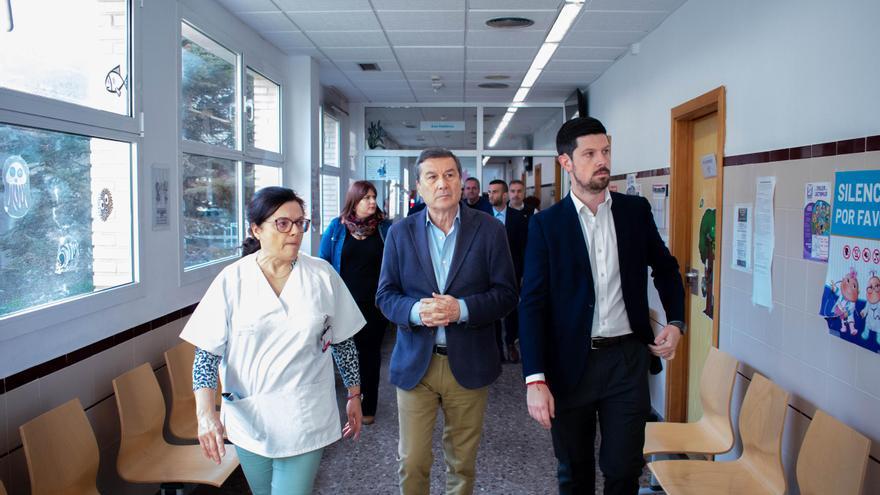In a previous article (“Debunking Myths About Biosecurity on Pig Farms”), we described how standardized outbreak investigations, conducted as an integrated biosecurity risk analysis alongside an epidemiological investigation, can be used to identify and prioritize risks. . In that article, a biosafety risk is defined as a condition, action, or inaction that increases the probability of one or more than three failures occurring. The three errors are:
- Failure to prevent contamination or infection of the disease-carrying agent (pigs, people, vehicles, etc.).
- failure to mitigate contamination or infection; And
- Failure to prevent transmission of the pathogen from the carrier to pigs on the farm once the carrier has entered the farm.
Biosecurity risks arise from the implementation of operating procedures, including those required for pig farming and those strictly implemented to reduce biosecurity risks, such as showering when entering and leaving the farm. Identifying biosafety risks requires a deep dive into production processes:
- ¿from Do you implement operating procedures?
- ¿any Is it the structural conditions, facilities and equipment in which it is implemented?
- ¿when Has it been implemented?
- ¿where Has it been implemented?
- ¿how Have operating procedures been implemented?
The result of the research is a list of the highest priority biosecurity risks that can be addressed through biosecurity control measures. This article describes a real-life case study of how outbreak investigations can be used to identify and prioritize biosecurity risks and implement control measures to address them.
Describe the outbreak investigation
A 5,000-pig farm producing piglets to weaning, located in an area with a relatively high density of pigs but no known positive farms within a 16-kilometre radius, experienced a PRRS outbreak. An outbreak investigation was conducted using standardized outbreak investigation software 2 weeks after clinical signs were first observed.
Although the exact cause of the outbreak has not been determined, the investigation has revealed several significant biosecurity risks associated with personnel entry. The farm used entry and exit procedures for people through showers. The bathrooms served as a dividing line between the hallway and the office. The farm lacked an entrance bench, and we noticed a large amount of sandy soil on the entrance floor as we entered the farm, however, we learned that farm staff cleaned the entrance daily. Farm cleaning supplies were kept in a room accessible from the office (the “clean” side of the dividing line) and the hallway (the “dirty” side of the dividing line). The same tools and cleaning products were used to clean the office and hallway, including a bucket and mop. At the end of the work day, one employee entered the cleaning room through the office door, collected cleaning supplies, and headed to the entrance through the second door. The reverse process occurred when he finished cleaning the entrance, and then took a shower.

Figure 1. Design of the staff entrance to the farm before and after implementing changes to improve biosecurity
Measures in place to address biosecurity risks
Biosafety risks have been identified in various aspects of production processes, whether structural, procedural or resource-based.
Aspects of production processes where control measures can be applied to reduce biosafety risks are called critical control points. Critical control points may refer to structural aspects of production processes, procedural aspects, or resource aspects.

Figure 1. Biosafety hazards and critical points: aspects of production processes where control measures can be implemented.
In this case, the bathrooms were the intended dividing line between the entrance and the offices. But the doors that connected the cleaning room to the office and the hallway created confusion about where the dividing line was. This structural aspect was solved by adding a bench at the entrance to the farmhouse. The door providing access to the cleaning room was removed from the entrance and a UV camera was placed in that area. This change eliminated the ability to access the clean side of the office from the entrance, unless employees showered to enter through the designated dividing line. The UV room also increased the biosecurity of small supplies entering the office. In addition, a set of tools and cleaning products intended for cleaning the entrance are placed in a separate cabinet that can only be accessed from the entrance.
Operating procedures were improved by modifying the inlet cleaning schedule. The task was moved to the last task of the day, after the employee in charge of cleaning the entrance took a shower.
Regarding the resource aspect, all workers were trained on the role they play and the importance of the separation line to avoid pathogens entering the farm. Staff are trained to always shower when leaving and if they re-enter the farm for any reason. In addition, farm workers were provided with the appropriate tools to carry out cleaning tasks, as a set of cleaning tools was provided for the entrance and a second set for the office.

Figure 3. Control measures implemented to address the most significant biosecurity risks identified through the investigation of a PRRSV outbreak on a 5,000-pig farm.
To be effective, biosecurity control measures must address significant risks that increase the likelihood of pathogen transmission on the farm. The result of the investigation into this outbreak was the identification and prioritization of several biosecurity risks associated with the entry of staff and other personnel, leading to the implementation of biosecurity control measures to primarily address these biosecurity risks. However, other biosafety risks were identified, and since the standardized outbreak investigation is systematic and comprehensive, we believed we had sufficient information to properly prioritize which biosafety risks should be addressed first.

January 24, 2024 | Ministry of Agricultural Development and Irrigation | Peru. https://www.gob.pe/

“Beeraholic. Friend of animals everywhere. Evil web scholar. Zombie maven.”

:quality(85)/cloudfront-us-east-1.images.arcpublishing.com/infobae/BSBBGIRD3RGW3IFZ7323CC76AA.jpg)





More Stories
Opening value of the dollar in Brazil on May 3 from the US dollar to the Brazilian real
Numbers that gave luck to the new winners of Chipazo
Google is eliminating key positions and will move some jobs to India and Mexico